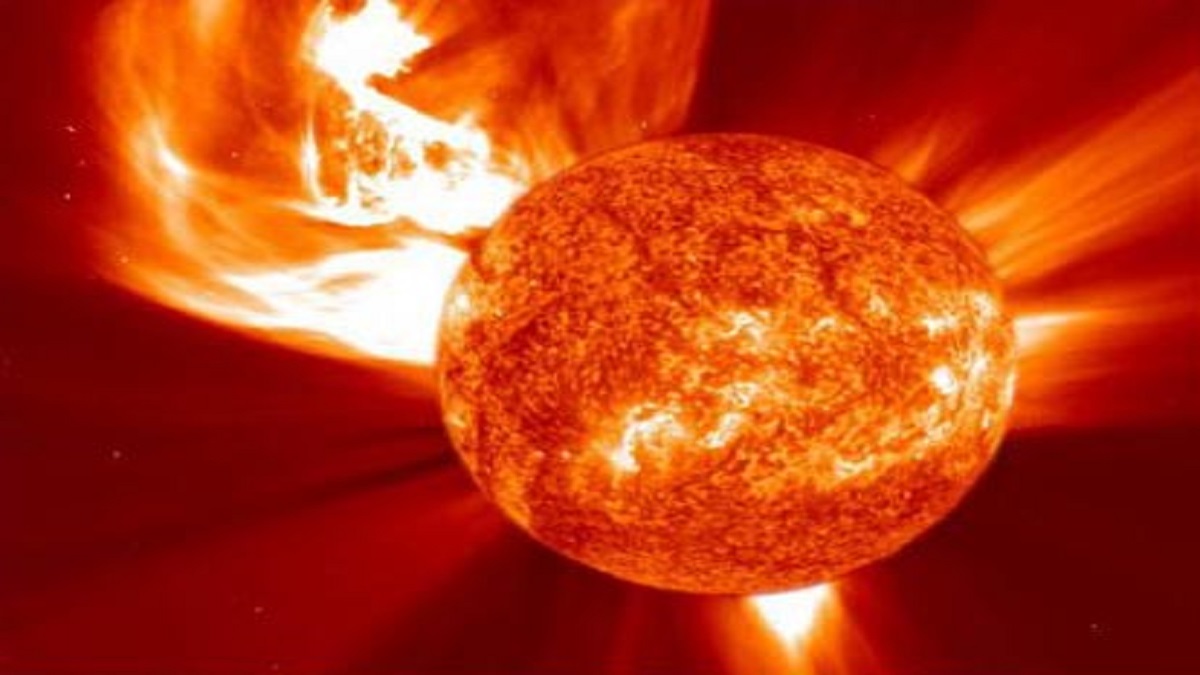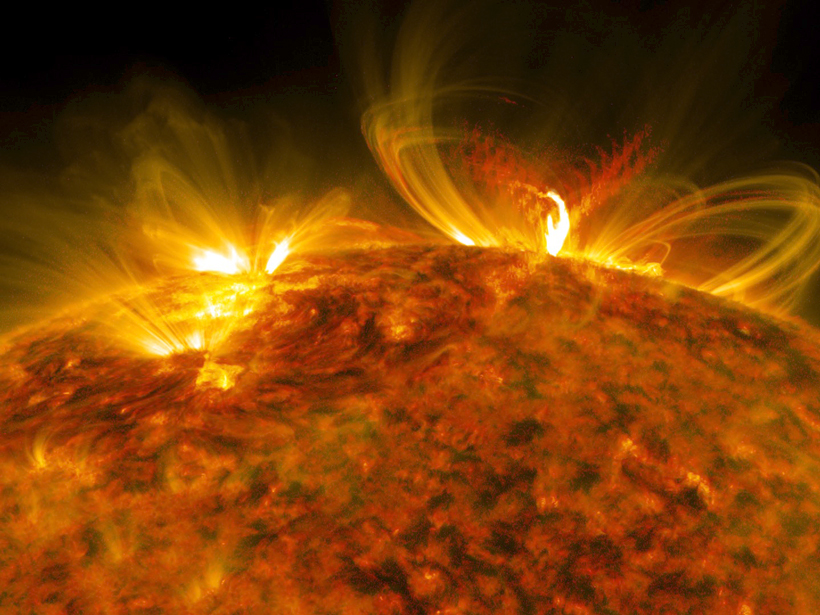

NOAA expects the wave to arrive Saturday night. Solar wind speed: 482.9 km/sec density: 8.0 protons/cm3 more data: ACE, DSCOVR Updated: Today at 1705 UT. NOAA's Space Weather Prediction Center is the official source for space weather forecasts, watches, warnings and alerts. However, a G3 storm has the potential to drive the aurora further away from its normal polar residence and if other factors come together, the aurora might be seen over the far Northeast, to the upper Midwest, and over the state of Washington.įor additional information about space weather, geomagnetic storms, aurora and viewing tips, and CMEs – click the terms. Impacts to our technology from a G3 storm are generally nominal. Saturday's CME was a M-class event, the second strongest behind X. Last but not least we have a list detailing all solar flares that took place today. Sky News reports there are a number of classes of solar flares, with X-class being considered the most intense. When the CME approaches Earth, NOAA’s DSCOVR satellite will be among the first spacecraft to detect the real time solar wind changes and SWPC forecasters will issue any appropriate warnings. Beneath that we have a collection of live imagery which can be used to pinpoint the location of a solar flare and see if there was a coronal mass ejection. Plasma is made up primarily of free-flowing electrons and. A constant stream of plasma rushes forth from the Suns corona, forming solar winds. The magnetosphere is the region of space where the planets magnetic field is located.

The flare - officially known as a coronal mass ejection (CME) - was observed on Saturday on the side of the sun directly facing our planet and comes as we enter a period of increased solar activity. According to, solar flares might produce minor geomagnetic disruptions in Earths magnetosphere. He added that the estimated time of impact was between 6am and 6pm today.

Analysis indicated the CME departed the Sun at a speed of 973 km/s and is forecast to arrive at Earth on 30 October, with effects likely continuing into 31 October. An massive solar flare is due to hit Earth today, authorities are warning - potentially disrupting power grids and bringing the Northern Lights as far south as New York. Big solar flare observed and headed for Earth. The main impact will be felt this weekend in the form of Auroras & some communication issues. Fortunately, it looks like Earth still has plenty of time to prepare - that is, if you consider 194 years plenty of time.GEOMAGNETIC STORM WATCH IS IN EFFECT FOR 30-31 OCT.Ī G3 (Strong) Geomagnetic Storm Watch is in effect for 30 – 31 October, 2021, following a significant solar flare and Coronal Mass Ejection (CME) from the sun that occurred around 11:35 a.m. Today's X-1 solar flare did launch a coronal mass ejection(CME) towards Earth. A CME which was released on May 28 has finally arrived at Earth after a four-day voyage from the Sun, hitting today at around 2pm BST. So what would happen if a massive superflare caused a solar storm on Earth today? As Ask Smithsonian explained back in January, such storms bring lots of scary possibilities, especially for a world so dependent on electricity. However, as the magnetic field builds, it increases pressure in the sunspot which can erupt as a solar flare, or a CME.

Technological systems and the activities of modern. The geomagnetic storm set telegraph wires aflame and lit up the sky with unusual worldwide aurorae. Solar flares and magnetic storms belong to a set of phenomena known collectively as space weather. Radiation from solar flares can harm astronauts living aboard the International Space Station, and in 1859, a powerful flare sent a solar storm on a collision course for Earth. On Thursday, X1 solar flare, the strongest solar flare class, erupted from the lower center of the star, just as it was directly facing Earth Credit: Youtube / Space Videos. By their calculations, extreme solar flares, or superflares, only happen every 250 to 480 years - a cycle that's likely 350 years long for this solar system. But though the most dangerous solar flares could still be in the future, it could take them a while to materialize.Īs Ilima Lewis reports for Science, a team at the Harvard–Smithsonian Center for Astrophysics recently observed 84 stars across the universe that bear similarity to the sun, analyzing their behavior during 29 massive solar flare events. New solar cycles commence every 11 years and the sun goes through periods of storminess to relative calm. NASA explained that the sun entered a new cycle, Solar Cycle 25 in Dec. This flare already caused a radio blackout across South America on Thursday. NASA Goddard Space Flight Center/ Wikimedia CommonsĮvery now and then, the sun shoots high-energy protons into space, creating solar flares and wreaking havoc on Earth. Solar storms can cause disruptions with radio, GPS and other satellite-based technology. A solar flare erupts from the Sun in 2012.


 0 kommentar(er)
0 kommentar(er)
